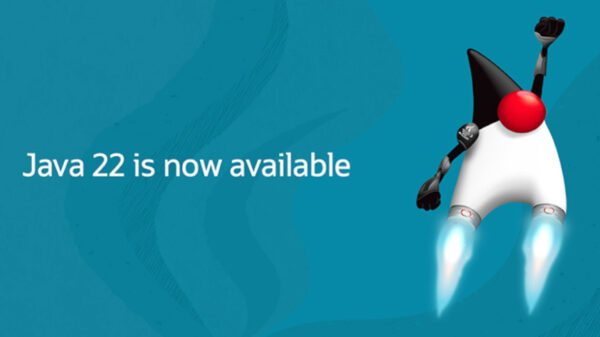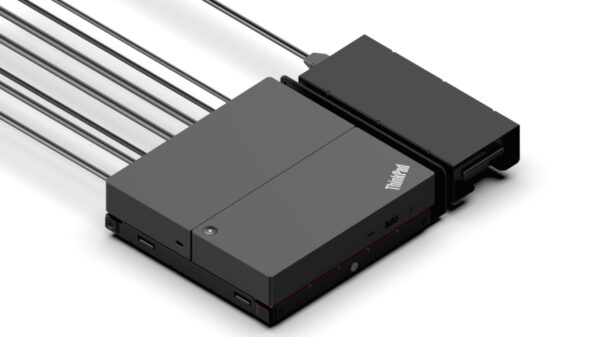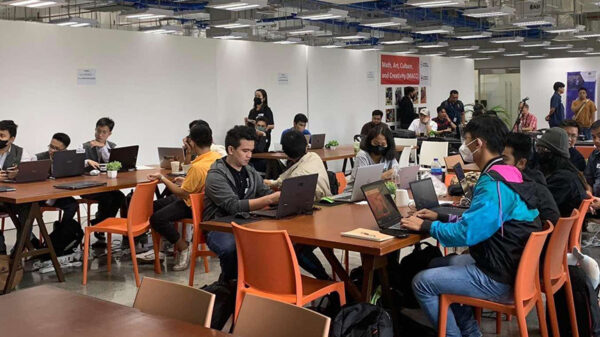Only 17% of organizations in The Philippines are fully prepared to deploy and leverage Artificial Intelligence (AI)-powered technologies, according to Cisco’s inaugural AI Readiness Index released today. The Index, which surveyed over 8,000 global companies, was developed in response to the accelerating adoption of AI, a generational shift that is impacting almost every area of business and daily life. The report highlights companies’ preparedness to utilize and deploy AI, showcasing critical gaps across key business pillars and infrastructures that pose serious risks for the near future.
The new research finds that while AI adoption has been slowly progressing for decades, the advancements in Generative AI, coupled with public availability in the past year, are driving greater attention to the challenges, changes and new possibilities posed by the technology. While 87% of respondents believe AI will have a significant impact on their business operations, it also raises new issues around data privacy and security. The Index findings show that companies experience the most challenges when it comes to leveraging AI alongside their data. In fact, 77% of respondents admit that this is due to data existing in silos across their organizations.
However, there is also positive news. Findings from the Index revealed that companies in The Philippines are taking many proactive measures to prepare for an AI-centric future. When it came to building AI strategies, 94% of organizations already having a robust AI strategy in place or are in the process of developing one. More than two thirds (77%) of organizations are classified as either Pacesetters or Chasers (fully/partially prepared), with 4% falling into the category of Laggards (not prepared). This indicates a significant level of focus by C-Suite executives and IT leadership. This could be driven by the fact that a majority of respondents (98%) said the urgency to deploy AI technologies in their organization has increased in the past six months, with IT infrastructure and cybersecurity reported as the top priority areas for AI deployments.
“Today, with the availability of more compute power, the abundance of data, and with the maturity of large language models, AI has crossed the threshold of technological and economic viability to unlock new opportunities to create value for businesses and industries,” said Zaza Soriano-Nicart, Managing Director, Cisco Philippines. “As companies in the Philippines rush to deploy AI solutions, they must assess where investments are needed across different pillars of readiness like infrastructure and data to deliver on their business outcomes. They also have to pay attention to how AI is being used to ensure a good return on investment, with security, and responsibility in mind.”
Key Findings
Alongside the stark finding that overall, only 17% of companies are Pacesetters (fully prepared), the research found that 39% of companies in The Philippines are considered Laggards (unprepared) at 4%, or Followers (limited preparedness) at 35%. Some of the most significant findings include:
- URGENCY: One year maximum before companies start to see negative business impacts. 61% of respondents in The Philippines believe they have a maximum of one year to implement an AI strategy before their organization begins to incur significant negative business impact.
- STRATEGY: Step one is strategy, and organizations are well on their way. More than three quarters (77%) organizations benchmarked as either Pacesetters or Chasers, and (4%) were found to be Laggards. Additionally, 94% of organizations already have a highly defined AI strategy in place or are in the process of developing one, which is a positive sign, but shows there is more to do.
- INFRASTRUCTURE: Networks aren’t equipped to meet AI workloads.95% of businesses globally are aware that AI will increase infrastructure workloads, butin the Philippines 35% of organizations consider their infrastructure highly scalable. Meanwhile (49%) indicate that they have limited or no scalability at all when it comes to meeting new AI challenges within their current IT infrastructures. To accommodate AI’s increased power and computing demands, more than eight in 10 (84%) of companies will require further data center graphics processing units (GPUs) to support future AI workloads.
- DATA: Organizations cannot neglect the importance of having data ‘AI-ready’. While data serves as the backbone needed for AI operations, it is also the area where readiness is the weakest, with the greatest number of Laggards (11%) compared to other pillars. 77% of all respondents claim some degree of siloed or fragmented data in their organization. This poses a critical challenge as the complexity of integrating data that resides in various sources and making it available for AI applications can impact the ability to leverage the full potential of these applications.
- TALENT: The need for AI skills reveals a new-age digital divide. Boards and Leadership Teams are the most likely to embrace the changes brought about by AI, with 90% and 89%, respectively, showing high or moderate receptiveness. However, there is more work to be done to engage middle management where 14% have either limited or no receptiveness to AI, and among employees where close to a third (25%) of organizations report employees are limited in their willingness to adopt AI or are outright resistant. The need for AI skills reveals a new-age digital divide. While 96% of respondents said they have invested in upskilling existing employees, only a few (9%) alluded to an emerging AI divide, expressing doubt about the availability of enough talent to upskill.
- GOVERNANCE: AI policy adoption’s slow start. 68% of organizations report not having comprehensive AI policies in place, an area that must be addressed as companies consider and govern all the factors that present a risk of eroding confidence and trust. These factors include data privacy and data sovereignty, and the understanding of and compliance with global regulations. Additionally, close attention must be paid to the concepts of bias, fairness, and transparency in both data and algorithms.
- CULTURE: Little preparation, but high motivation to make a priority: This pillar had the lowest number of Pacesetters (14%) compared to other categories driven largely by the fact that 22% of companies have not established change management plans yet and of those that have, 71% are still in-progress. C-Suite executives are the most receptive to embracing internal AI changes and must take the lead in developing comprehensive plans and communicating them clearly to middle management and employees who have relatively lower rates of acceptance. The good news is that motivation is high. More than eight out of 10 (89%) say their organization is embracing AI with a moderate to high level of urgency. Only 2% say they were resistant to change.
Cisco AI Readiness Index
The new Cisco AI Readiness Index is based on a double-blind survey of 8,161 private sector business and IT leaders across 30 markets, conducted by an independent third-party surveying respondents from companies with 500 or more employees. The Index assessed respondents’ AI readiness across six key pillars: strategy, infrastructure, data, talent, governance, and culture. Companies were examined on 49 different metrics across these six pillars to determine a readiness score for each, as well as an overall readiness score for the respondents’ organization. Each indicator was assigned an individual weightage based on its relative importance to achieving readiness for the applicable pillar. Based on their overall score, Cisco has identified four groups at different levels of organizational readiness – Pacesetters (fully prepared), Chasers (moderately prepared), Followers (limited preparedness), and Laggards (unprepared).








































































































